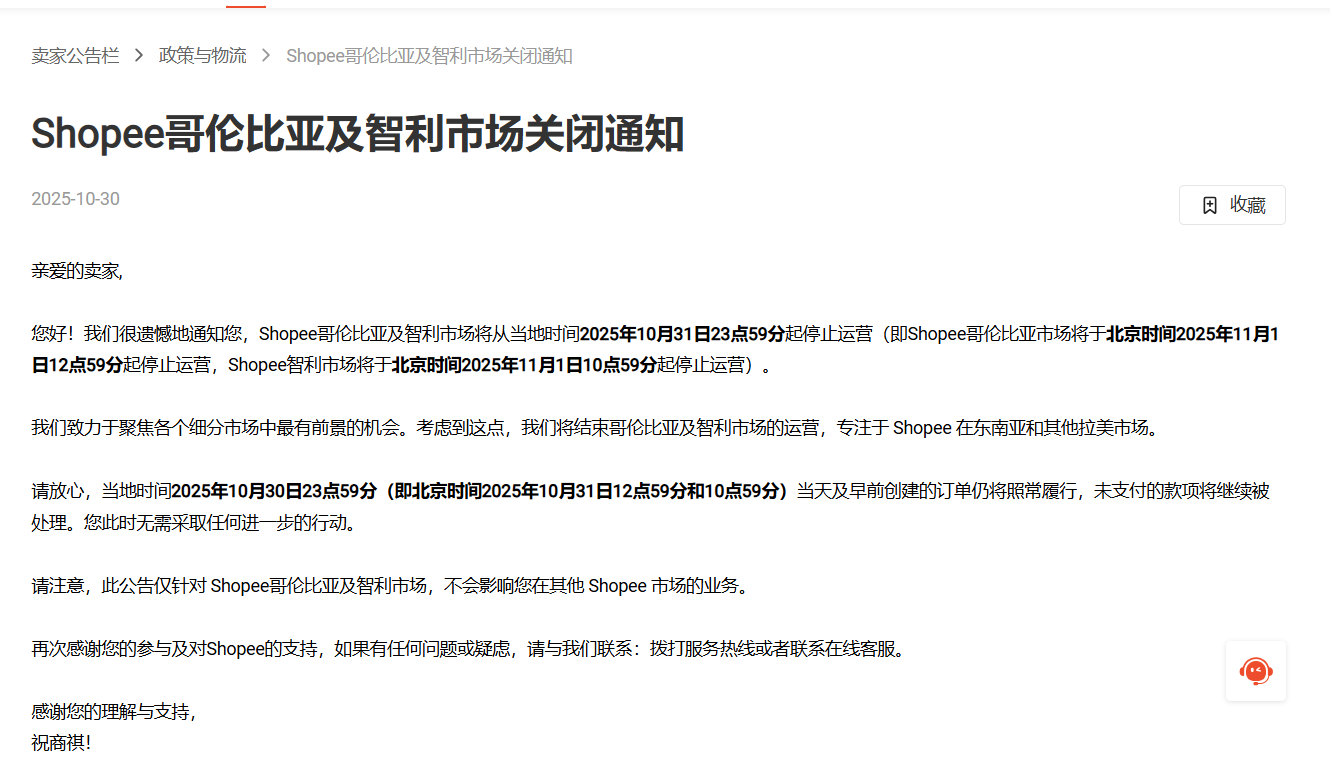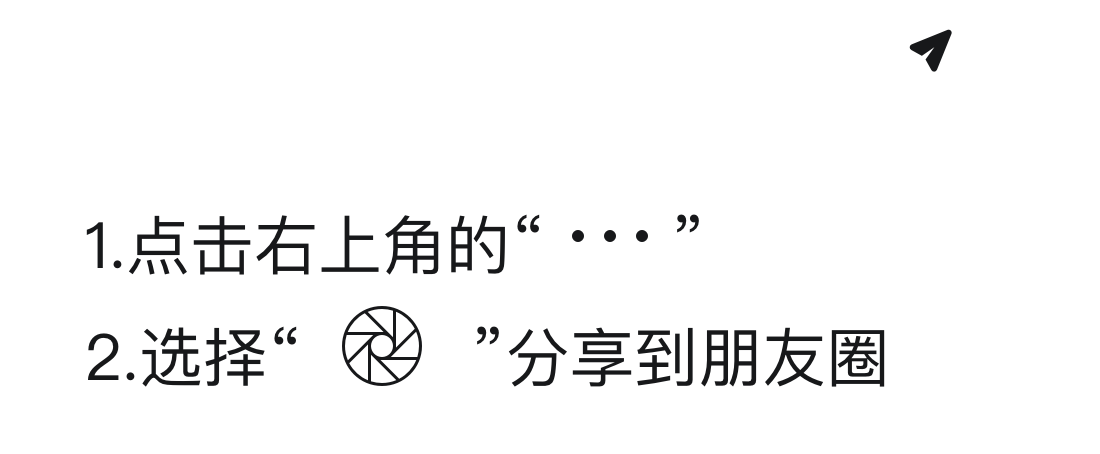Shopee退出智利和哥伦比亚市场,拉美地区仅剩墨西哥和巴西站点。
1.事件细节:2025年10月31日23:59后停止新订单,已有订单继续履行。
2.退出原因:竞争激烈(Mercado Libre、亚马逊等主导)、政策变化(智利取消免税并征收19%增值税)、高运营和获客成本。
Shopee在巴西市场表现亮眼,提供了积极信号。
1.2024年销售额达600亿雷亚尔。
2.物流优化:13个配送中心、180个中转枢纽、3000多个收货点,配送时间缩短。
3.流量增长:2025年9月以40.7%份额领跑巴西购物App。
Shopee的品牌策略和市场表现为品牌商提供重要启示。
1.品牌营销方面:低价促销和游戏化互动策略初期快速积累用户,但受政策限制(增值税征收削弱低价优势)。
2.消费趋势:本地化运营在巴西成功,用户活跃持续增长,显示本地化策略的必要性。
产品研发和渠道建设方面。
1.挑战:高成本环境需要更高效渠道(如物流基建投资)。
2.机会:巴西市场成功案例展示通过本地化强化品牌定位。
政策环境变化带来风险与机会解读。
1.政策解读:智利政策变动(取消小额免税、征收19%增值税),增加跨境卖家的成本负担。
2.风险提示:高运营和获客成本可能导致市场退出,类似智利和哥伦比亚的失败案例。
市场增长机会和学习点。
1.机会:巴西市场显示持续增长潜力(600亿雷亚尔销售额),适合寻找新增量。
2.应对措施:学习Shopee在巴西的本地化运营模式;商业模式上可借鉴物流优化和用户互动策略。
电商发展提供商业机会和数字化启示。
1.商业机会:巴西市场Shopee的成功(销售额增长和基建扩张),显示拉美电商需求旺盛,适合产品供应合作。
2.推进数字化:物流体系优化(配送中心建设)提示工厂需加强数字化履约能力。
挑战因素需注意。
1.政策影响(如增值税征收)可能增加生产成本;高运营成本场景需谨慎进入。
行业趋势和痛点解决方案为服务商参考。
1.行业发展趋势:Shopee退出拉美两国显示竞争加剧,电商平台战略收缩。
2.客户痛点:高获客成本和复杂履约体系是核心挑战(如在智利失败案例)。
潜在解决方案和创新。
1.服务方案:借鉴Shopee在巴西的本地化基建(如配送时间缩短),提供高效物流服务;新技术应用可优化成本控制。
平台运营策略和风险规避提供学习点。
1.平台的最新做法:Shopee退出市场决策(如关闭智利和哥伦比亚站点),显示市场评估的重要性。
2.运营管理:在巴西的成功(物流优化和本地化投资),提示平台需强化履约系统。
招商和风向规避。
1.需求与问题:政策变化(增值税政策)作为风险点需规避;巴西市场展示平台招商机会(用户增长)。
产业新动向和政策启示是关键。
1.产业新动向:Shopee在拉美的战略收缩(智利和哥伦比亚退出)及欧洲撤退案例,显示电商全球化挑战。
2.新问题:商业模式复制失败(低价策略在政策限制下无效),值得深入探讨。
政策建议和商业模式启示。
1.政策法规启示:增值税征收对低价模式的冲击,建议研究政策适应性策略;商业模型需结合本地化避免风险。
返回默认














